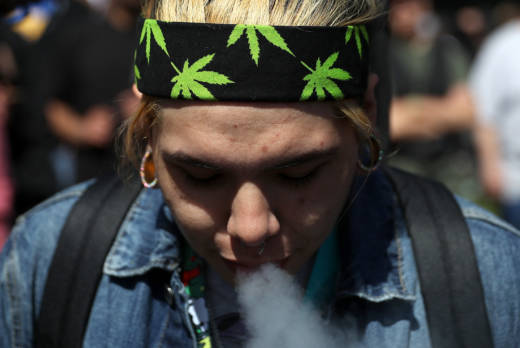California wants to pay you to light up and drive. Sort of.
Recreational use of marijuana has been legal in California since January but traffic laws are lagging behind. While current sobriety tests can detect the presence of marijuana in the driver’s system, they can’t test for impairment. That’s because it’s not currently known what level of THC — the psychoactive compound in marijuana called tetrahydrocannabinol — significantly impairs drivers.
To address the problem, the California legislature is funding a UC San Diego study that will determine how pot affects driving performance and how soon after smoking pot is it safe to drive.
Researchers are recruiting 180 people for the study, which will consist of having participants smoke varying amounts of marijuana or a placebo and then participate in driving simulations and cognitive tests. Participants will be monitored for 5 to 6 hours after smoking and will be tested about every hour-and-a-half, plus have blood, saliva, and breath samples taken at regular intervals.
“We are not only looking at how impaired a driver is at different levels of smoking, but also how long that impairment lasts,” says Tom Marcotte, co-director of the UCSD’s Center for Medicinal Cannabis Research, which is conducting the study.

